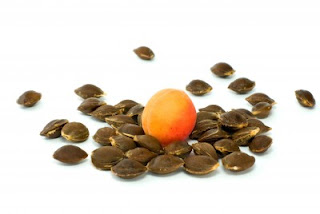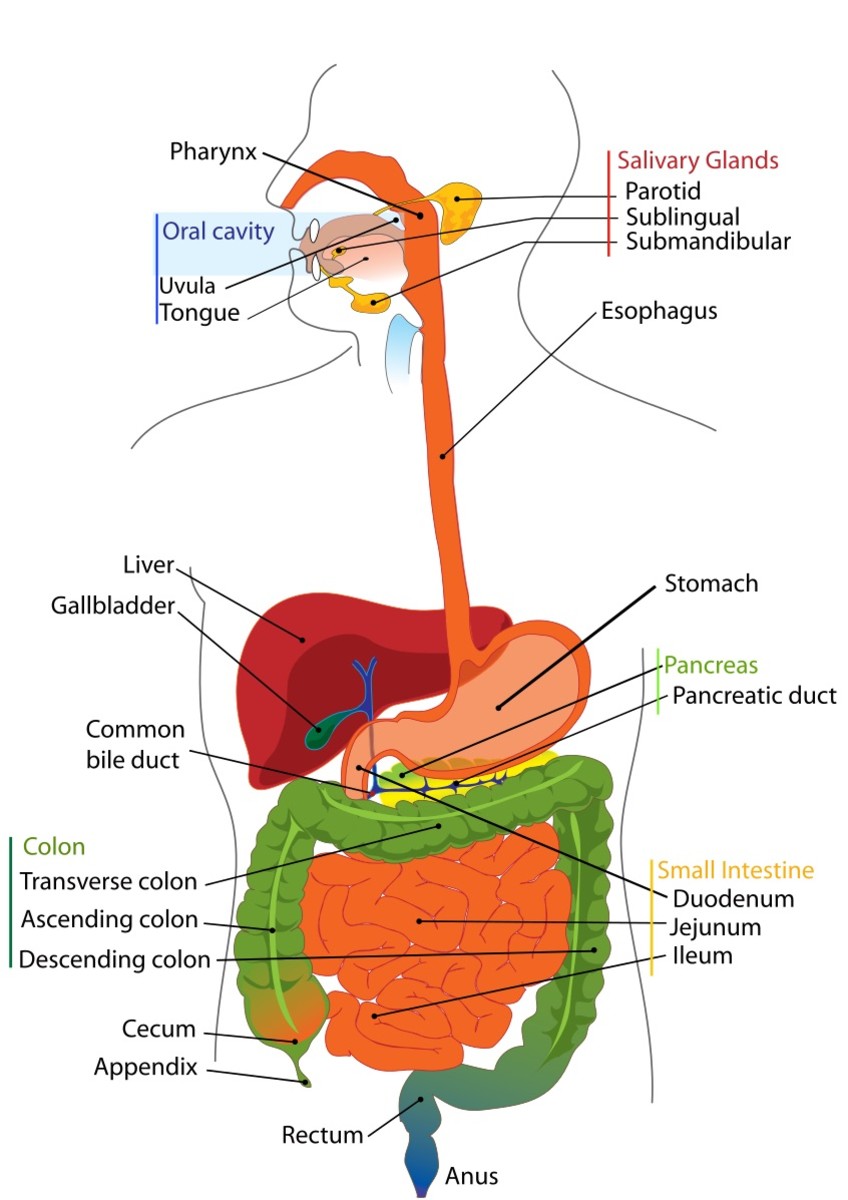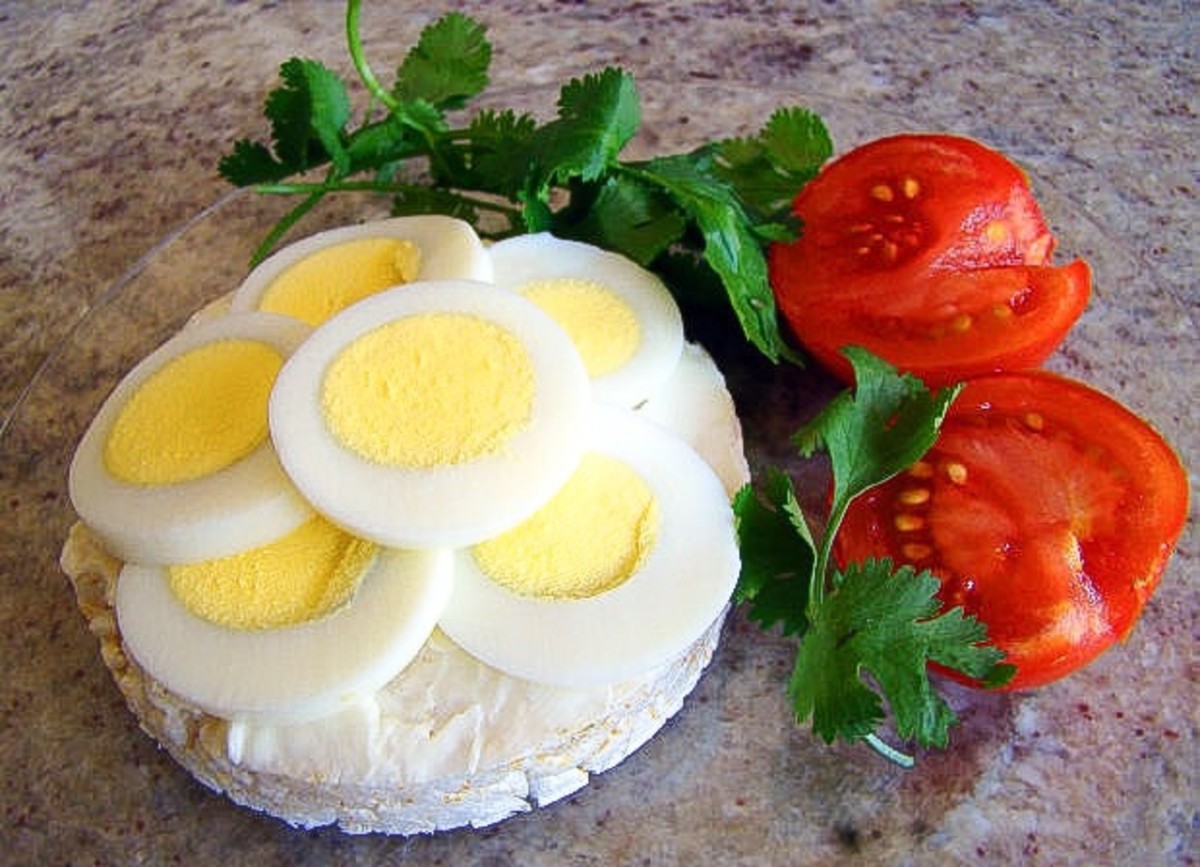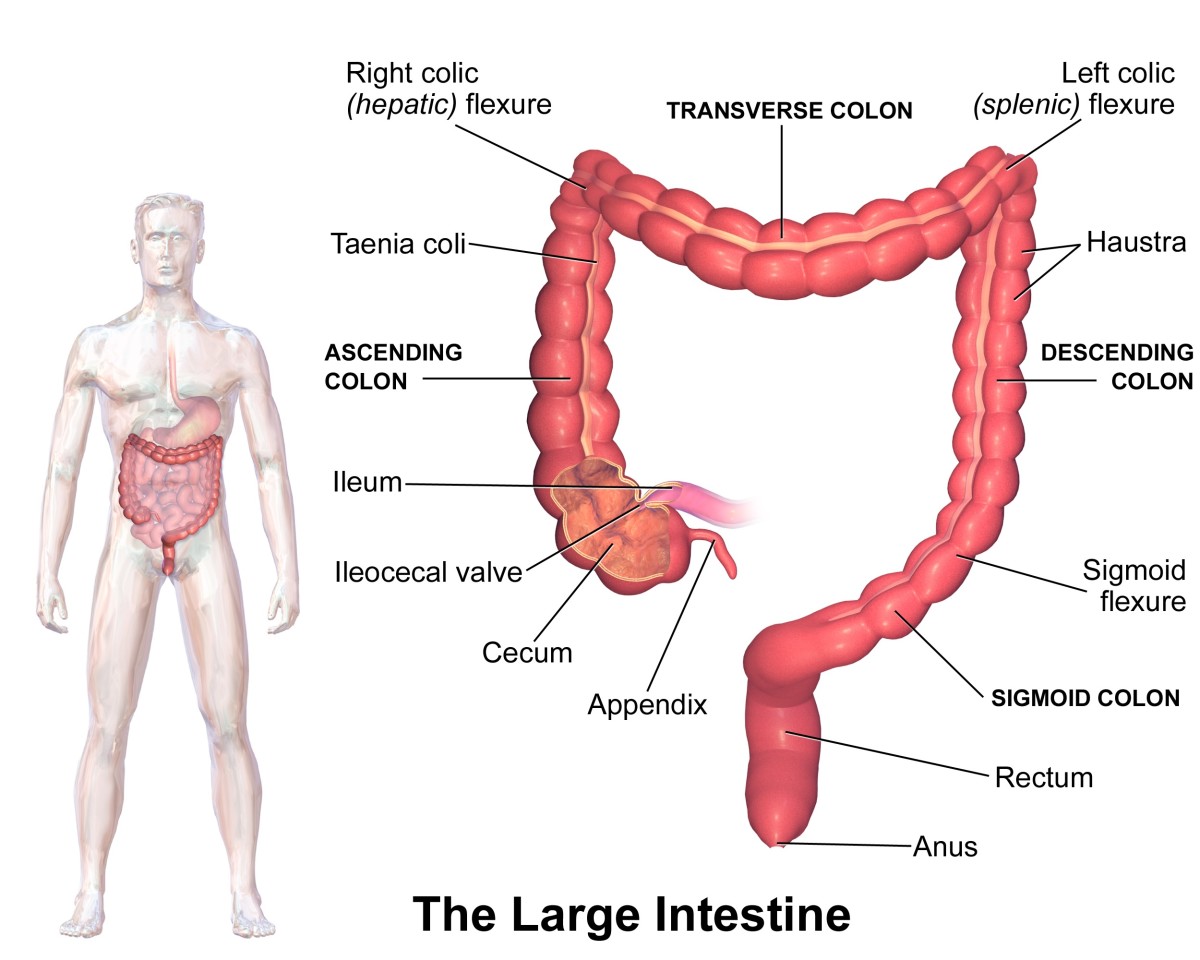दुनीया का सबसे ताकतवर पोषण पुरक आहार है सहजन (मुनुगा) 300 से अधि्क रोगो मे बहोत फायदेमंद इसकी जड़ से लेकर फुल, पत्ती, फल्ली, तना, गोन्द हर चीज़ उपयोगी होती है🍀
🌱🌱🌱🌱🌱🌱🌱🌱🌱🌱🌱
🍀आयुर्वेद में सहजन से तीन सौ रोगों का उपचार संभव है
🍀सहजन के पौष्टिक गुणों की तुलना🍀
••••••••••••••••••••••••••••••••••••••••••••
👉-विटामिन सी- संतरे से सात गुना
👉-विटामिन ए- गाजर से चार गुना
👉-कैलशियम- दूध से चार गुना
👉-पोटेशियम- केले से तीन गुना
👉प्रोटीन- दही की तुलना में तीन गुना
🍀स्वास्थ्य के हिसाब से इसकी फली, हरी और सूखी पत्तियों में कार्बोहाइड्रेट , प्रोटीन , कैल्शियम , पोटेशियम, आयरन, मैग्नीशियम,
विटामिन-ए , सी और बी-काम्प्लेक्स प्रचुर मात्रा में पाई जाती है
🍀इनका सेवन कर कई बीमारियों को बढ़ने से रोका जा सकता है, इसका बॉटेनिकल नाम ' मोरिगा ओलिफेरा ' है हिंदी में इसे सहजना , सुजना , सेंजन और मुनगा नाम से भी जानते हैं.
🍀जो लोग इसके बारे में जानते हैं , वे इसका सेवन जरूर करते हैं
🍀सहजन में दूध की तुलना में चार गुना कैल्शियम और दोगुना प्रोटीन पाया जाता है.
🍀ये हैं सहजन के औषधीय गुण सहजन का फूल पेट और कफ रोगों में , इसकी फली वात व उदरशूल में , पत्ती नेत्ररोग , मोच , साइटिका , गठिया आदि में उपयोगी है
🍀इसकी छाल का सेवन साइटिका , गठिया , लीवर में लाभकारी होता है। सहजन के छाल में शहद मिलाकर पीने से वात और कफ रोग खत्म हो जाते हैं
🍀इसकी पत्ती का काढ़ा बनाकर पीने से गठिया , साइटिका , पक्षाघात , वायु विकार में शीघ्र लाभ पहुंचता है। साइटिका के तीव्र वेग में इसकी जड़ का काढ़ा तीव्र गति से चमत्कारी प्रभाव दिखता है.
🍀मोच इत्यादि आने पर सहजन की पत्ती की लुगदी बनाकर सरसों तेल डालकर आंच पर पकाएं और मोच के स्थान पर लगाने से जल्दी ही लाभ मिलने लगता है
🍀सहजन की सब्जी के फायदे.🍀
•••••••••••••••••••••••••••••••••••••••••••••
🍀सहजन के फली की सब्जी खाने से पुराने गठिया , जोड़ों के दर्द , वायु संचय , वात रोगों में लाभ होता है।
🍀इसके ताजे पत्तों का रस कान में डालने से दर्द ठीक हो जाता है साथ ही इसकी सब्जी खाने से गुर्दे और मूत्राशय की पथरी कटकर निकल जाती है,
.
🍀इसकी जड़ की छाल का काढ़ा सेंधा नमक और हिंग डालकर पीने से पित्ताशय की पथरी में लाभ होता है
🍀सहजन के पत्तों का रस बच्चों के पेट के किड़े निकालता है और उल्टी-दस्त भी रोकता है
🍀ब्लड प्रेशर और मोटापा कम करने में भी कारगर सहजन का रस सुबह-शाम पीने से हाई ब्लड प्रेशर में लाभ होता है
🍀इसकी पत्तियों के रस के सेवन से मोटापा धीरे-धीरे कम होनेलगता है
🍀इसकी छाल के काढ़े से कुल्ला करने पर दांतों के कीड़े नष्ट होते है और दर्द में आराम मिलता है
🍀इसके कोमल पत्तों का साग खाने से कब्ज दूर होता है इसके अलावा इसकी जड़ के काढ़े को सेंधा नमक और हिंग के साथ पीने से मिर्गी के दौरों में लाभ होता है।
🍀इसकी पत्तियों को पीसकर लगाने से घाव और सूजन ठीक होते हैं
🍀पानी के शुद्धिकरण के रूप में कर सकते हैं इस्तेमाल सहजन के बीज से पानी को काफी हद तक शुद्ध करके पेयजल के रूप में इस्तेमाल किया जाता है।
🍀 इसके बीज को चूर्ण के रूप में
पीसकर पानी में मिलाया जाता है। पानी में घुल कर यह एक प्रभावी नेचुरल क्लेरीफिकेशन एजेंट बन जाता है यह न सिर्फ पानी को बैक्टीरिया रहित बनाता है , बल्कि यह पानी की सांद्रता को भी बढ़ाता है।
🍀 काढ़ा पीने से क्या-क्या हैं फायदे 🍀
••••••••••••••••••••••••••••••••••••••••••••
🍀 कैंसर और पेट आदि के दौरान शरीर के बनी गांठ , फोड़ा आदि में सहजन की जड़ का अजवाइन , हींग और सौंठ के साथ काढ़ा बनाकर पीने का प्रचलन है यह भी पाया गया है कि यह काढ़ा साइटिका (पैरों में दर्द) , जोड़ों में दर्द , लकवा ,दमा,सूजन , पथरी आदि में लाभकारी है |
🍀 सहजन के गोंद को जोड़ों के दर्द और शहद को दमा आदि रोगों में लाभदायक माना जाता है। आज भी ग्रामीणों की ऐसी मान्यता है कि सहजन के प्रयोग से वायरस से होने वाले रोग , जैसे चेचक के होने का खतरा टल जाता है
🍀शरीर की प्रतिरोधक क्षमता बढ़ाता है🍀
••••••••••••••••••••••••••••••••••••••••••••
सहजन में हाई मात्रा में ओलिक एसिड होता है , जो कि एक प्रकार का मोनोसैच्युरेटेडफैट है और यह शरीर के लिए अति आवश्यक है। सहजन में विटामिन-सी की मात्रा बहुत होती है। यह शरीर के कई रोगों से लड़ता है
🍀 सर्दी-जुखाम 🍀
•••••••••••••••••••••••••••••••••••••••••••••
🍀 यदि सर्दी की वजह से नाक-कान बंद हो चुके हैं तो , आप सहजन को पानी में उबालकर उस पानी का भाप लें। इससे जकड़न कम होगी।
🍀 हड्डियां होती हैं मजबूत. 🍀
•••••••••••••••••••••••••••••••••••••••••••••
🍀 सहजन में कैल्शियम की मात्रा अधिक होती है , जिससे हड्डियां मजबूत बनती हैं। इसके अलावा इसमें आइरन , मैग्नीशियम और सीलियम होता है
🍀 इसका जूस गर्भवती को देने की सलाह दी जाती है , इससे डिलवरी में होने वाली समस्या से राहत मिलती है और डिलवरी के बाद भी मां को तकलीफ कम होती है, गर्भवती महिला को इसकी पत्तियों का रस देने से डिलीवरी में
आसानी होती है।
🍀 सहजन में विटामिन-ए होता है , जो कि पुराने समय से ही सौंदर्य के लिए प्रयोग किया आता जा रहा है
🍀 इस हरी सब्जी को अक्सर खाने से बुढ़ापा दूर रहता है इससे आंखों की रोशनी भी अच्छी होती है
🍀 यदि आप चाहें तो सहजन को सूप के रूप में पी सकते हैं इससे शरीर का खून साफ होता है
🍀🍀🍀🍀🍀🍀🍀🍀🍀��🍀


 O
O


















